Shark vs Dyson: Which vacuum cleaner is best?
Here’s a detailed comparison of Shark vs Dyson
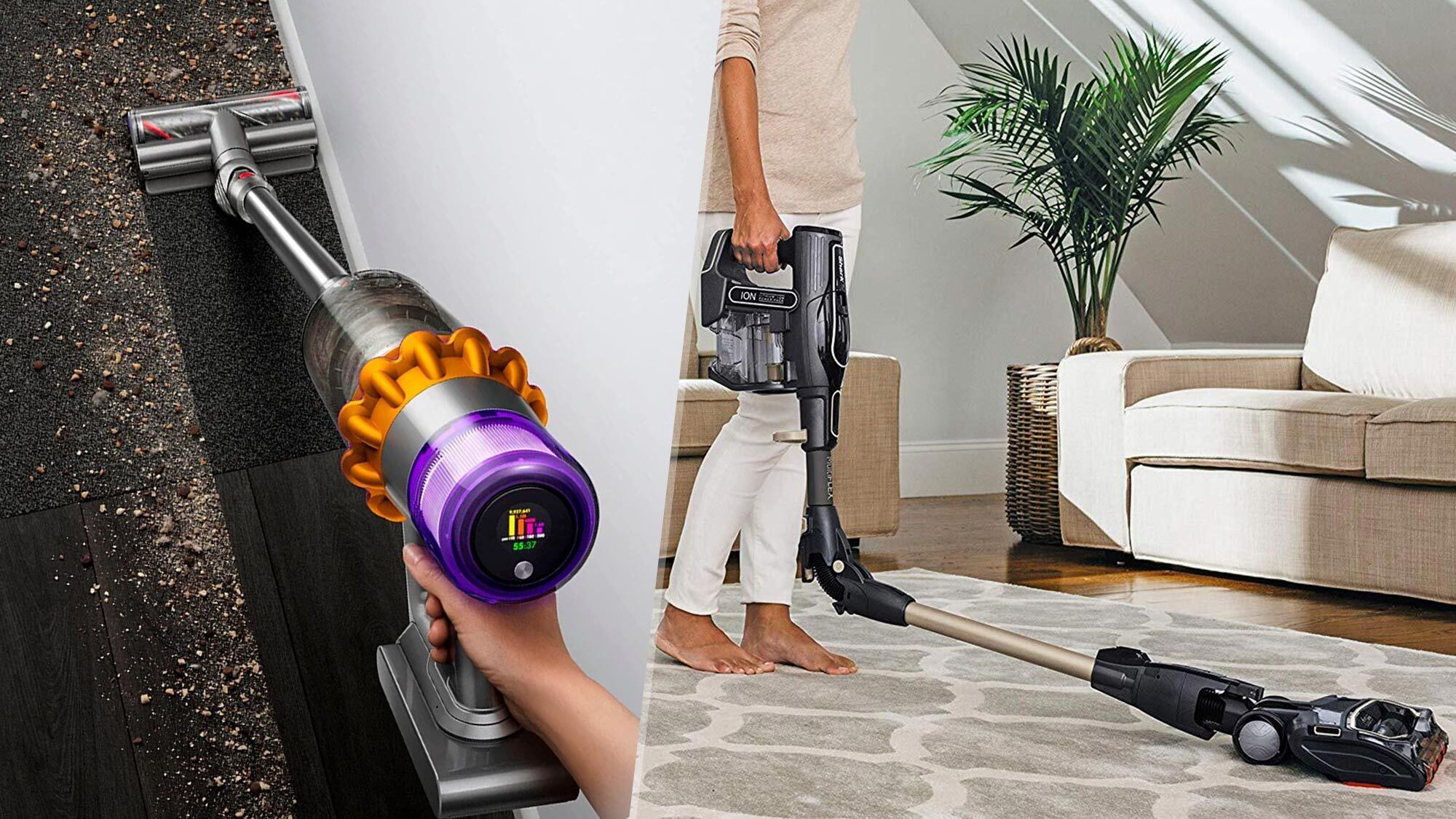
If you’re shopping for one of the best vacuums, you’ve no doubt come across the debate of Shark vs Dyson. These two brands dominate the vacuum cleaner market, promoting very different designs and intentions. Dyson is renowned for launching the latest in vacuum cleaner technology, including the likes of laser dust detection and LCD displays. Shark on the other hand, boasts value for money as well as dependable designs. So which are you better off investing in?
Not sure where to start? We can help you out. We’ve broken down the key differences between these brands, considering everything from battery life, to performance, to price — so you know exactly what each has to offer. With this, you can make an informed decision and you will know which is best for you when it comes to Shark vs Dyson.
If you're still unsure, these are 5 things to look out for before buying a Dyson vacuum cleaner. Or if your Dyson has seen better days, check out how to clean a Dyson vacuum.
A brief overview of Shark vs Dyson
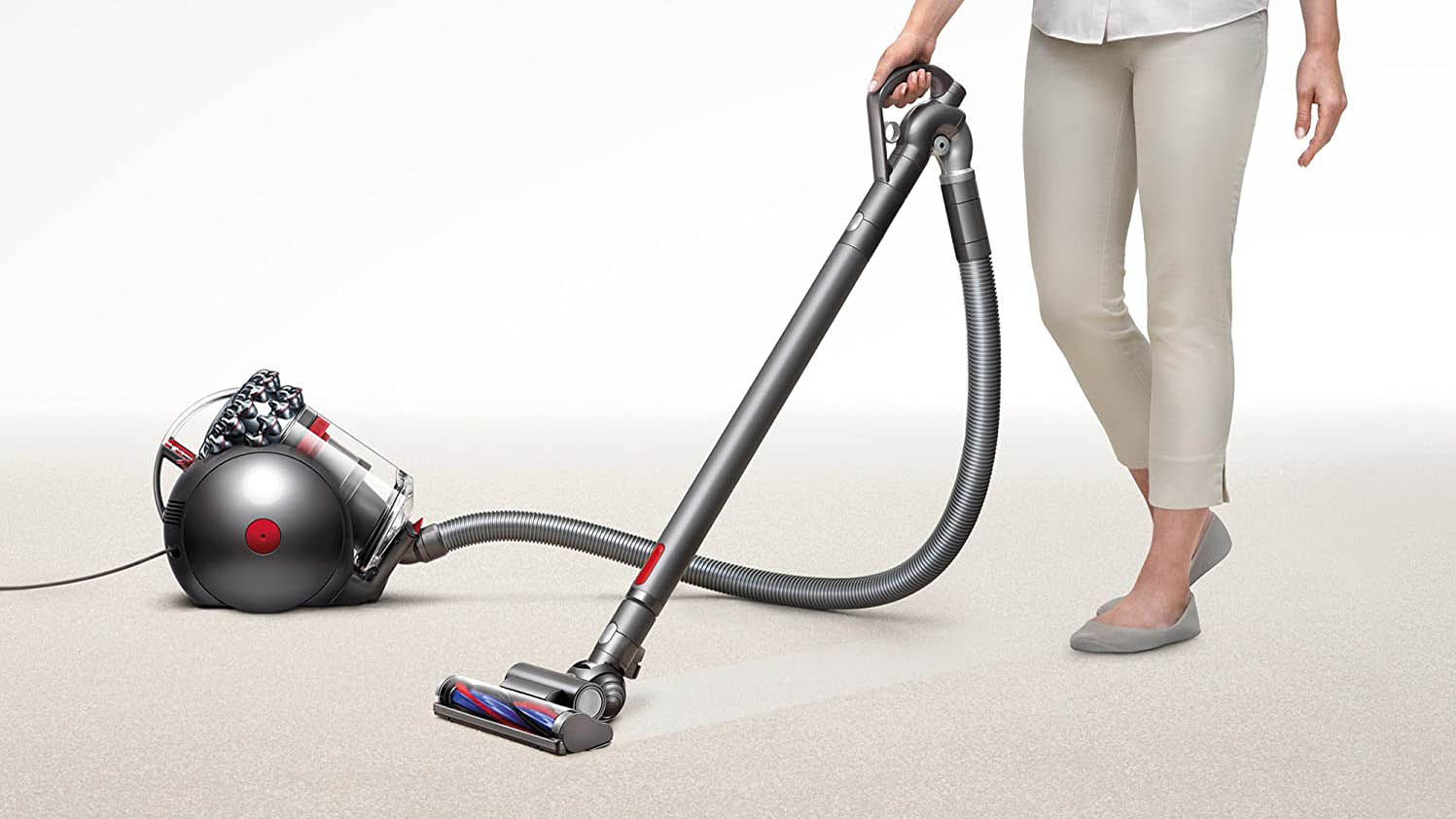
Dyson is arguably the most renowned vacuum cleaner brand in the world. It brought about the first bagless vacuum cleaner back in 1983, and has continued to introduce the latest advancements in this industry ever since. It’s known for its performance as much as its image — no other vacuum cleaners have such a recognizable design with the iconic gray accents and vibrant purple tones. The design looks premium and it comes with a premium price tag too, a bit like the Apple of the vacuum world.
Shark, in contrast, doesn’t have as strong a reputation, but it’s definitely catching up. This brand has a more affordable offering and covers a much wider range of products, from air fryers to blenders and air purifiers. It’s well known for providing good value for money — which is why consumers have started to question if this is the better option of the two.
Our favorite Shark vacuum
Shark vs Dyson: The latest technology
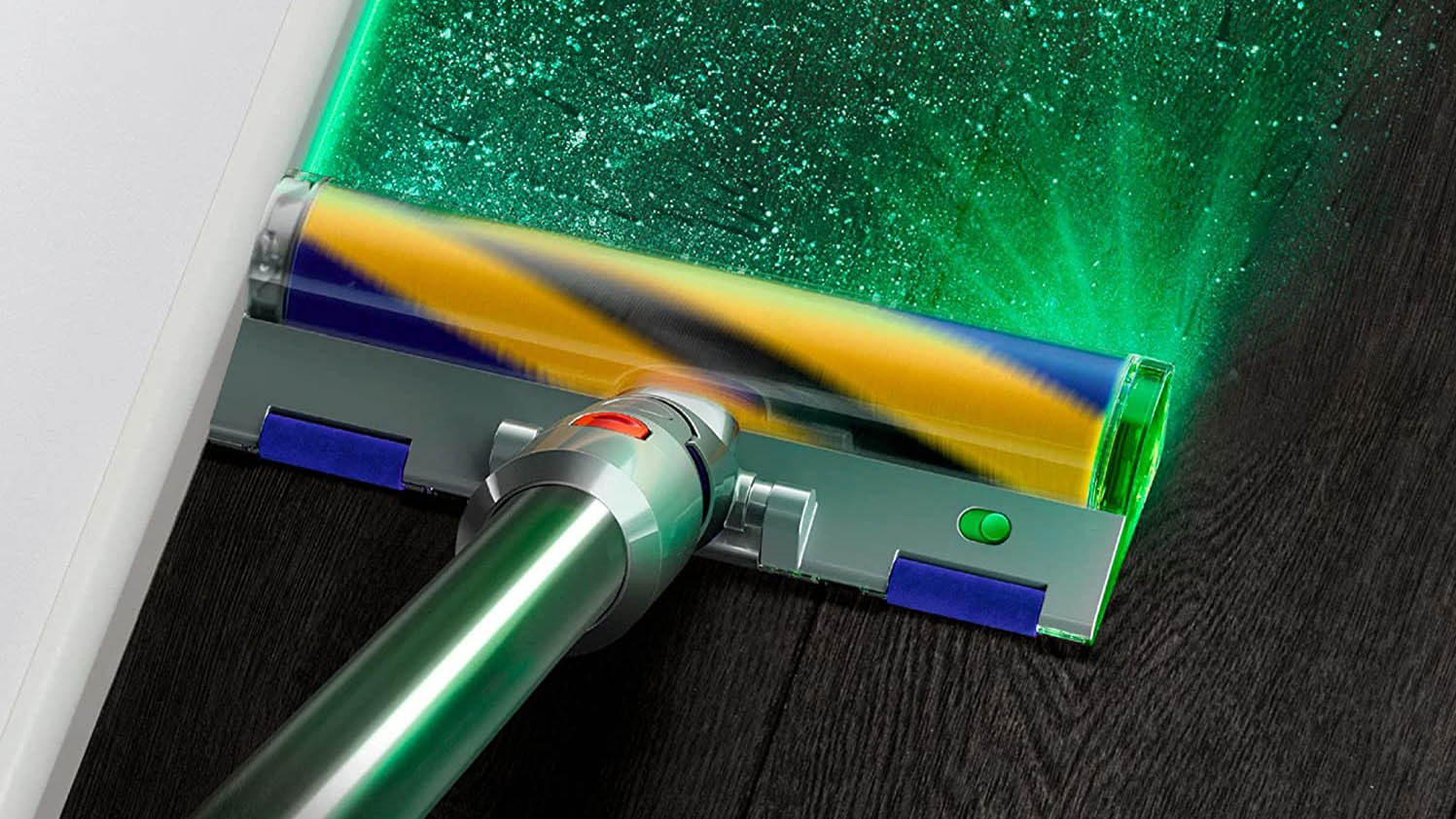
Dyson’s latest cordless vacuum cleaners have some features that really will make your jaw-drop. The v15 Detect uses an actual laser to reveal hidden dust and debris on hardwood floors while you vacuum. Plus, it can record and display data on what it collects via the LCD screen. The design is certainly impressive, even without factoring in the performance.
Other popular models in the range include the Outsize, which features a larger canister and floor head to handle larger jobs — plus this one comes with an extra battery to extend the battery life. You can then work your way back through the models, from v11 to v10 to v8; with each decrease, you will find a slightly cheaper price tag, but less impressive features and slightly less power. This pattern can also be found across Dyson’s upright offerings.
The latest models generally have the best power and performance, but they will cost more than the predecessors. Dyson currently has one canister model on sale, the Big Ball Multi Floor Vacuum. Dyson is predominantly investing its time in developing cordless vacuum technology at this time, so this is where you will see the biggest changes.
Ever wondered what Dyson vacuum cleaner do you own? Here’s why it’s good to know.
Our favorite Dyson vacuum
Shark, on the other hand, generally has a wider range of models on offer and tends to release new ones more regularly. These models won’t offer the same impressive features as you will find on a Dyson. In fact, even the most premium models feature the basics of what you would expect from a vacuum cleaner.
This is where the two brands stand apart — while Dyson wants to go the extra mile to offer newfound technology, Shark is focused solely on performance. That’s not to say Shark won’t deliver on your expectations though. These vacuum cleaners come with useful tools and design features to give you everything you’d need to do a good job.
Shark vs Dyson: Design and ease of use
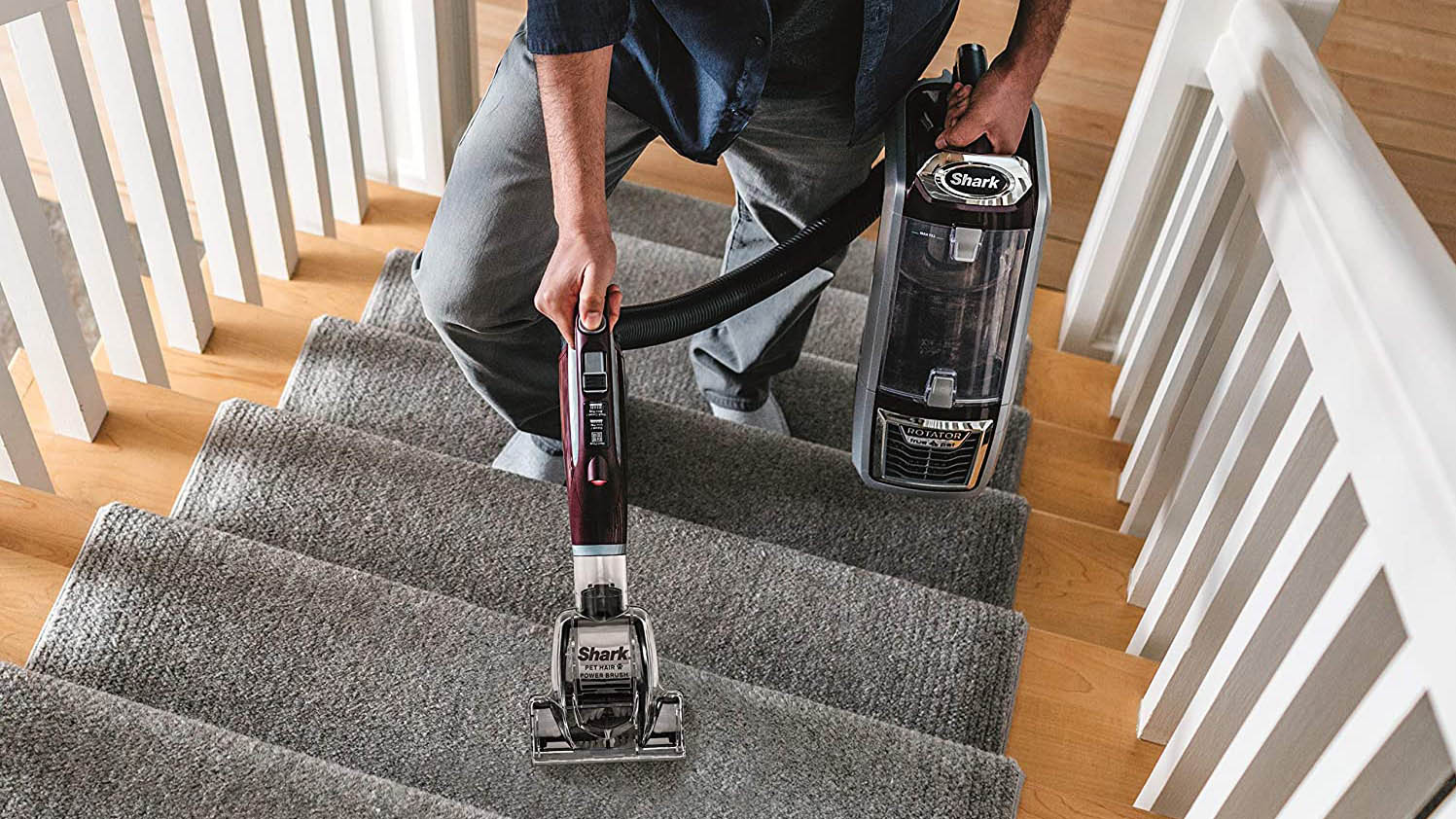
Now to get down to the nitty gritty of this debate. How do Shark and Dyson compare in terms of design? First of all, neither are poor in this respect. Dyson stands out for its premium quality and build — even when you open the box to assemble the vacuum cleaner, it feels expensive. Every tool and part feels like thought has gone into its design, although I will say that I have found these vacuum cleaners to be on the heavy-side with the added weight of additional features, such as the display. Every part generally clicks in and out of place with ease and maneuverability is effortless. There’s very little to argue about Dyson’s design, with the exception of the steep price tag you pay to get to it.
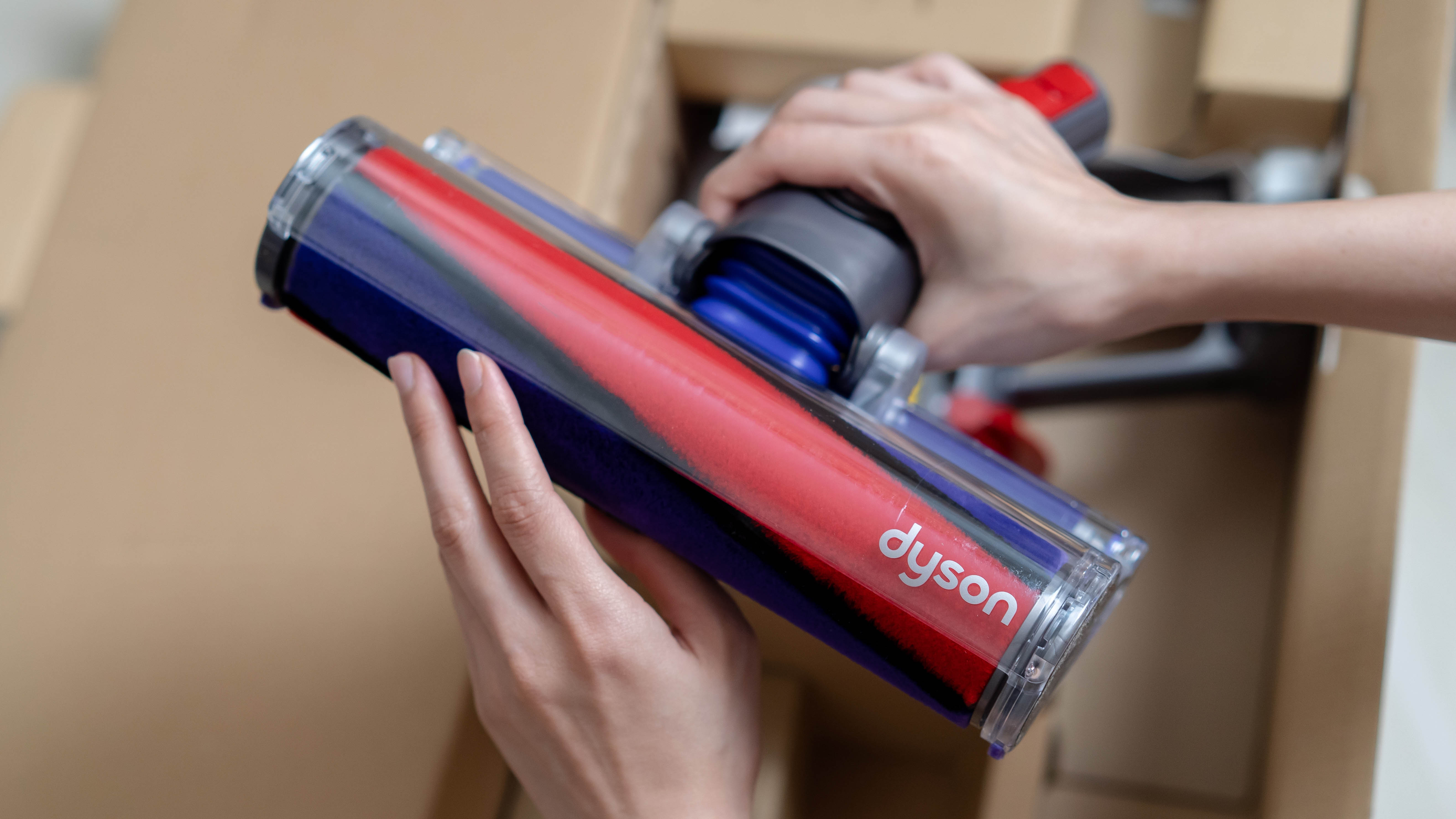
Shark doesn’t feel quite so premium in my experience, but it won’t let you down. While a bit plasticky in comparison, the build is sturdy and effective. Plus, it comes with useful features, such as the MultiFLEX wand, which bends the cordless vacuum’s metal hose to reach under furniture. Some of the upright models also feature Lift-Away technology, which means you can lift away the canister while in use for better versatility. So while Shark’s design isn’t as advanced as Dyson’s, it still has its benefits.
Dyson vs Shark: Performance
Performance varies greatly depending on which model and type of vacuum cleaner you’re looking at. As a rule of thumb, upright models are more powerful than cordless, while canister models are best on hardwood floors. If you’re directly comparing like for like with Shark and Dyson, Dysons do tend to offer slightly more power and pick-up. That’s not to say you would be disappointed with a Shark — most Shark models will handle everyday debris without issue.
However, depending on what and where you’re vacuuming, the best option between the two can vary. If you’ve got a lot of pet hair to deal with, then a pet-focused model will be better suited. While if you’re dealing with dark spaces, a vacuum cleaner with headlights can really help. Consider what features you need and which type of vacuum would best suit your home before shortlisting models.
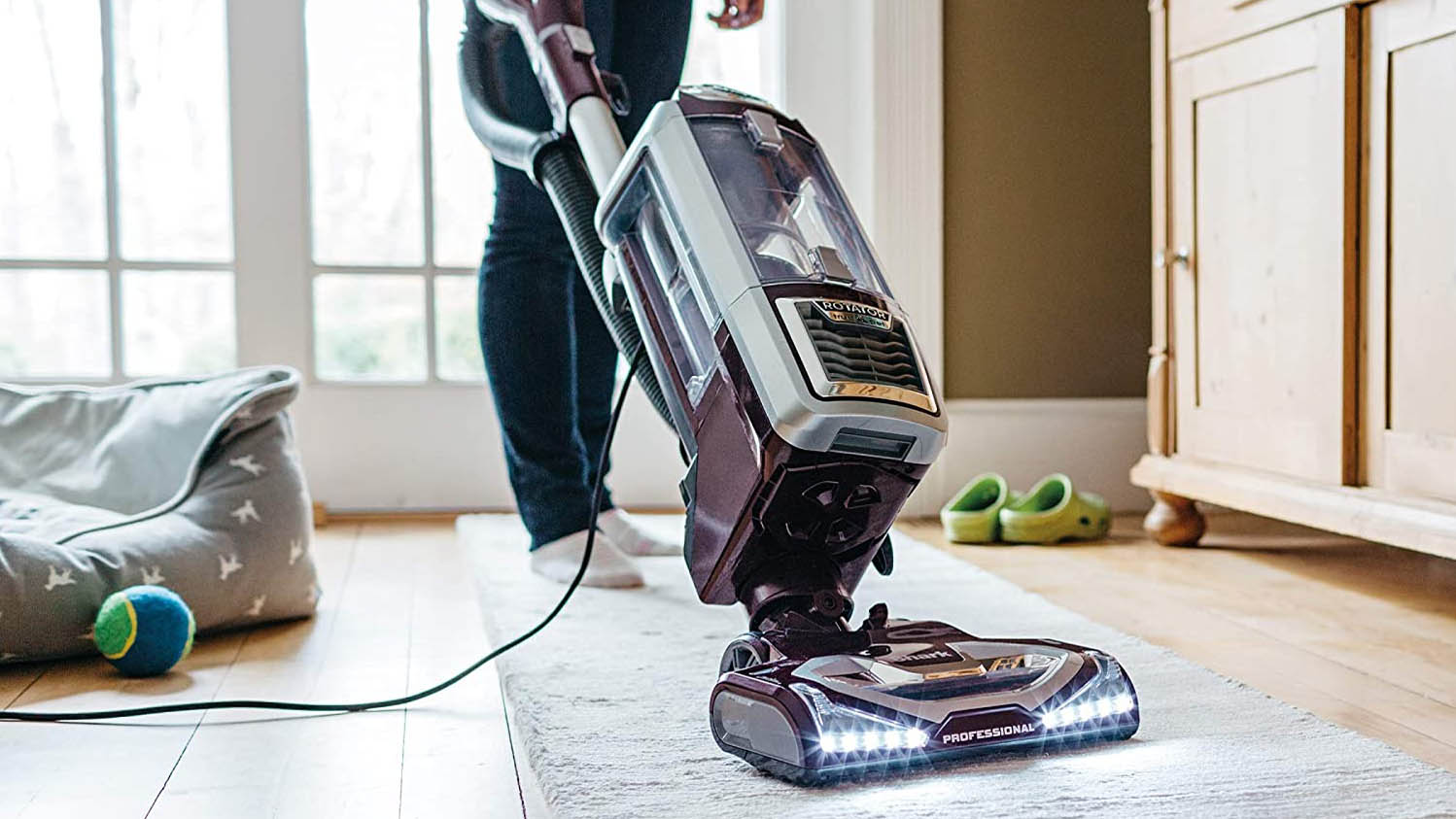
Tools and attachments are another important aspect to consider. Both brands will supply the everyday tools you expect, such as crevice tools, dusting brushes and pet tools. A useful one to look out for is a motorised mini-brush to use in handheld mode — these make the design much more versatile. Depending on the model you choose, Dyson generally offers tools with more particular functions, such as a stubborn dirt brush or a hair screw tool. The cordless models can also come with fluffy cleaner heads, which will give a better performance on hard floors. With this in mind, you generally will get more from your tools with Dyson, but you will need to store them which can be a hassle.
Dyson vs Shark: Battery life
If you’re looking to buy a cordless model, battery life will be another important thing to consider. Actual battery life will depend on what setting you use as well as the surface you’re vacuuming and the attachment. When you see the battery life cited for a particular model, this will usually be based on the minimal power setting on the easiest surface — to produce the optimal battery life. That’s why many of us are left disappointed by the actual battery life in real-life conditions.
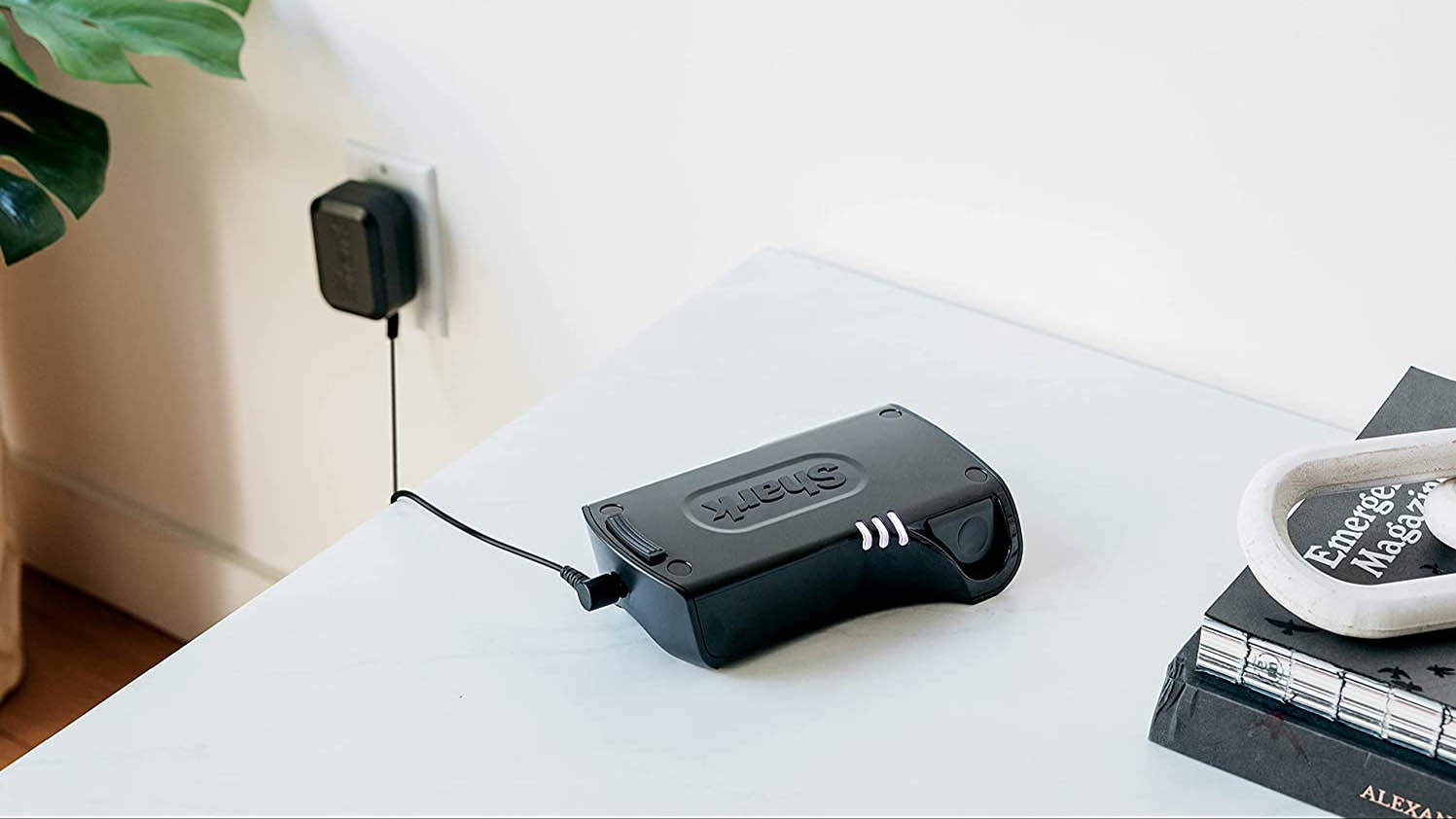
The runtime of Dyson cordless vacuums ranges from 40 minutes for the v8 Animal to 120 minutes for the Outsize. Most are rated at 60 minutes though. It’s worth flagging that the Outsize can only reach 120 minutes because it comes with an additional battery.
The minimum runtime for a Shark cordless vacuum starts at 40 minutes for the Shark Cordless Pet Stick Vacuum and goes as high as 80 minutes for the Shark ION F80 Cord-Free MultiFLEX Cordless Stick Vacuum. This model again comes with two batteries however. Ultimately, the runtimes are similar, but it’s best to opt for a model which comes with two batteries, so you always have one with a full charge on stand-by.
Dyson vs Shark: Price
When it comes to price, Dyson is generally more expensive than Shark. You’re looking at around twice the price for a similar level in each range. Dyson cordless prices vary from $399 for the v8 Animal to $899 for the Dyson Outsize Absolute+, while Shark models start from $259 for the Shark Wandvac System Ultra-Lightweight Powerful Cordless Stick Vacuum and range up to $479 for the Shark Vertex Pro Lightweight Cordless Stick Vacuum.
Looking at the cordless range again, Dyson offers a two year warranty, which includes parts and labor. Shark models, on the other hand, come with a five year limited warranty, plus a 60-day money back guarantee. So out of the two, Shark offers more peace of mind. Plus, you can save extra with our Shark promo codes.
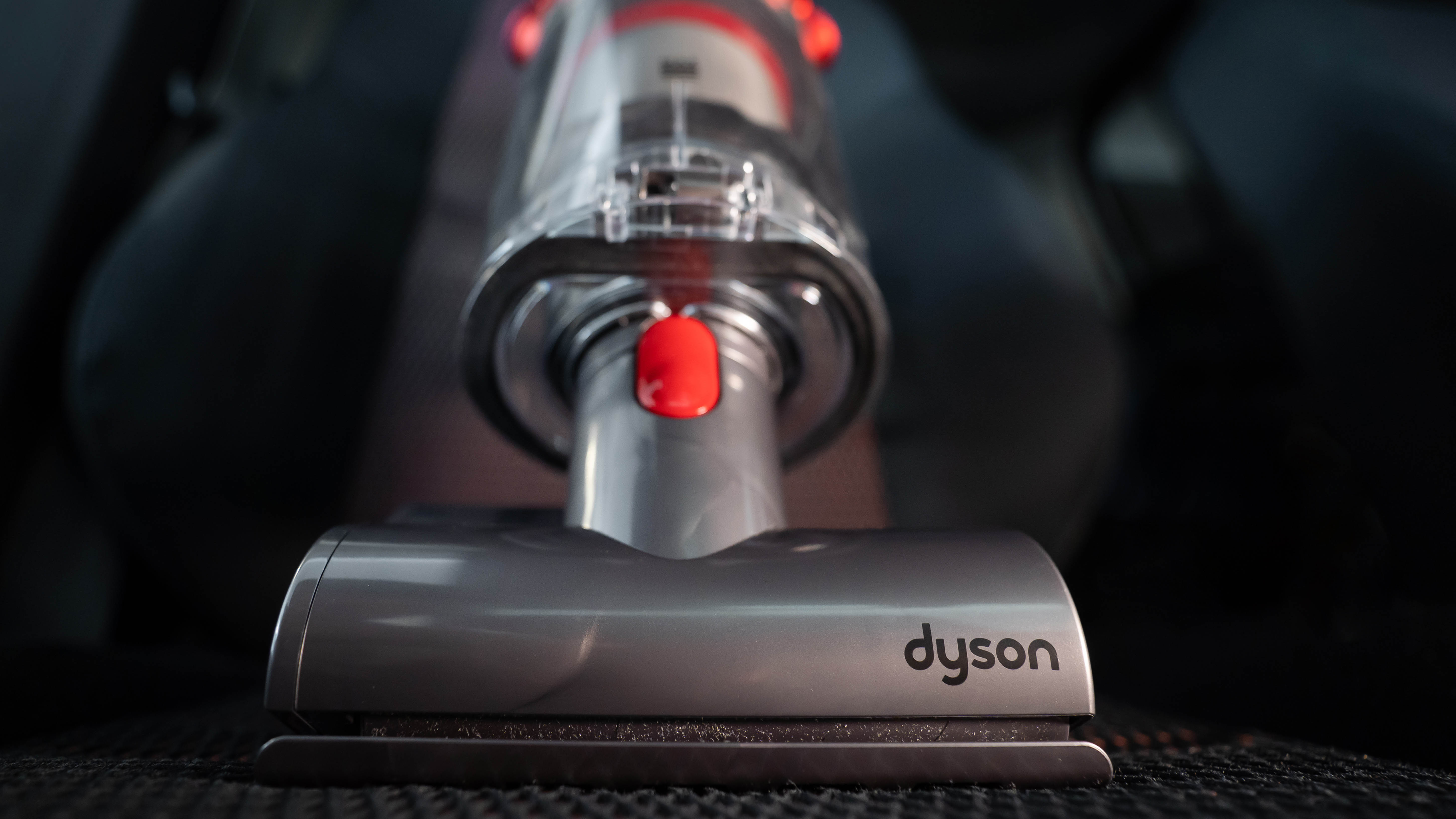
If you’re after a corded model, then you’re looking at paying at least $399 for an upright model from Dyson, ranging up to $699 for the Dyson Cinetic Big Ball Animal Allergy, while the Dyson Big Ball Multi Floor Vacuum will set you back $399.
Shark, in comparison, charges $199 to $499 for an upright model and $399 to $479 for a canister. So Shark easily has the advantage of carrying a more reasonable price tag between the two.
Dyson vs Shark: Verdict
Ultimately, both brands come with their strengths. However, the right one for you will depend on your specific circumstances as well as your budget. If you want the latest tech and money is no object, then Dyson is the better bet. But, if you’re watching how much you spend and you care more about the bare necessities, then a Shark will more than suffice. I’d recommend trying out the vacuum you’re thinking about buying in a shop before purchasing to check you’re happy with the performance.
Sign up to get the BEST of Tom's Guide direct to your inbox.
Get instant access to breaking news, the hottest reviews, great deals and helpful tips.

Katie Mortram used to be a Homes Editor for Tom's Guide, where she oversaw everything from kitchen appliances to gardening tools, as well as smart home tech. Specializing in providing expert advice for cleaning and home manintenance, she now works as Household Advice Editor for Good Housekeeping.
